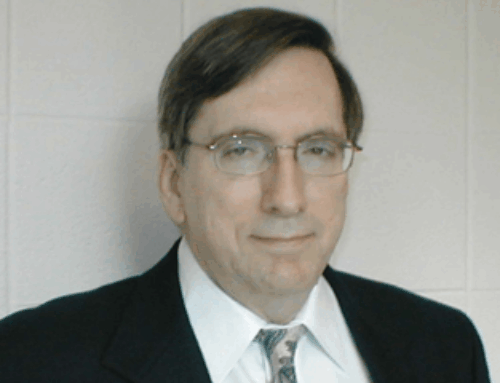WESTCHESTER, Ill.—Older adults with insomnia often do not cite poor sleep hygiene as the reason for their restless nights. This questions the use of sleep hygiene as the standard form of behavioral treatment used with older insomniacs, according to a study published in the December 1 issue of the journal SLEEP. Because this form of treatment may not work for everyone, older adults with difficulty sleeping should discuss their problem with a sleep specialist, who can devise an individual treatment plan just for them.
Christina S. McCrae, PhD, and colleagues at the University of Florida in Gainesville, surveyed 310 individuals aged 90-96 years (sample 1), and another 103 individuals aged 60-89 years (sample 2).
The results showed that older adults with sleep complaints did not report engaging in poorer sleep hygiene practices than those without complaints with the exception of frequency of napping. For sample 1 only, complainers reported napping on 1.5 to two more days per week than non-complainers.
“Although there are a variety of behavioral techniques for treating insomnia, only one — sleep hygiene — is widely used by general practitioners,” said McCrae. “The results of our study are important because they call into question the use of sleep hygiene as the first and frequently only behavioral treatment used with older insomniacs …not because good sleep hygiene behaviors such as reducing caffeine or stopping smoking are not important for good sleep, but because older individuals with insomnia are not likely to be engaging in high levels of such behaviors in the first place.”
On an individual patient basis, practitioners should continue to assess for use of these substances and to recommend reducing them for their patients who are using them, noted McCrae. However, the results of McCrae and her colleagues clearly suggest the need for other behavioral approaches (e.g., stimulus control, sleep restriction, relaxation) when treating older patients.
“Because such techniques are currently used only by sleep specialists, our results highlight the need for greater education on the administration of behavioral techniques, other than sleep hygiene, for general practitioners, particularly those who treat older patients,” said McCrae.
Insomnia is a classification of sleep disorders in which a person has trouble falling asleep, staying asleep, or waking up too early. These disorders may also be defined by an overall poor quality of sleep.
Older adults need about the same amount of sleep as younger adults — seven to nine hours of sleep per night.
Unfortunately, many older adults often get less sleep than they need. One reason is that they often have more trouble falling asleep. A study of adults over 65 found that 13 percent of men and 36 percent of women take more than 30 minutes to fall asleep.
SLEEP is the official journal of the Associated Professional Sleep Societies, LLC, a joint venture of the American Academy of Sleep Medicine (AASM) and the Sleep Research Society.
SleepEducation.org, a website maintained by the AASM, provides information about the various sleep disorders that exist, the forms of treatment available, recent news on the topic of sleep, sleep studies that have been conducted and a listing of sleep facilities.
For a copy of this study, entitled, “Sleep Hygiene Practices in Two Community Dwelling Samples of Older Adults”, or to arrange an interview with an AASM spokesperson regarding this study, please contact Jim Arcuri, public relations coordinator, at (708)492-0930, ext. 9317, or jarcuri@aasm.org.




